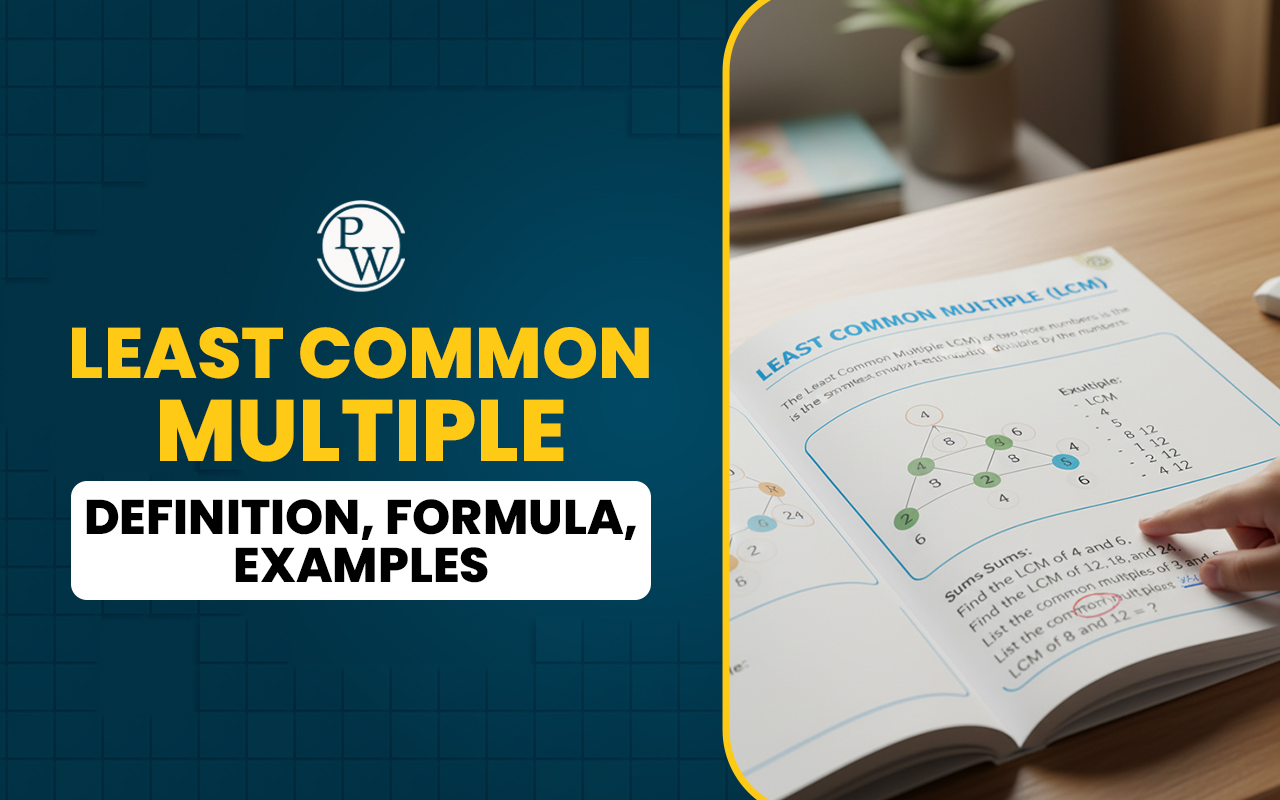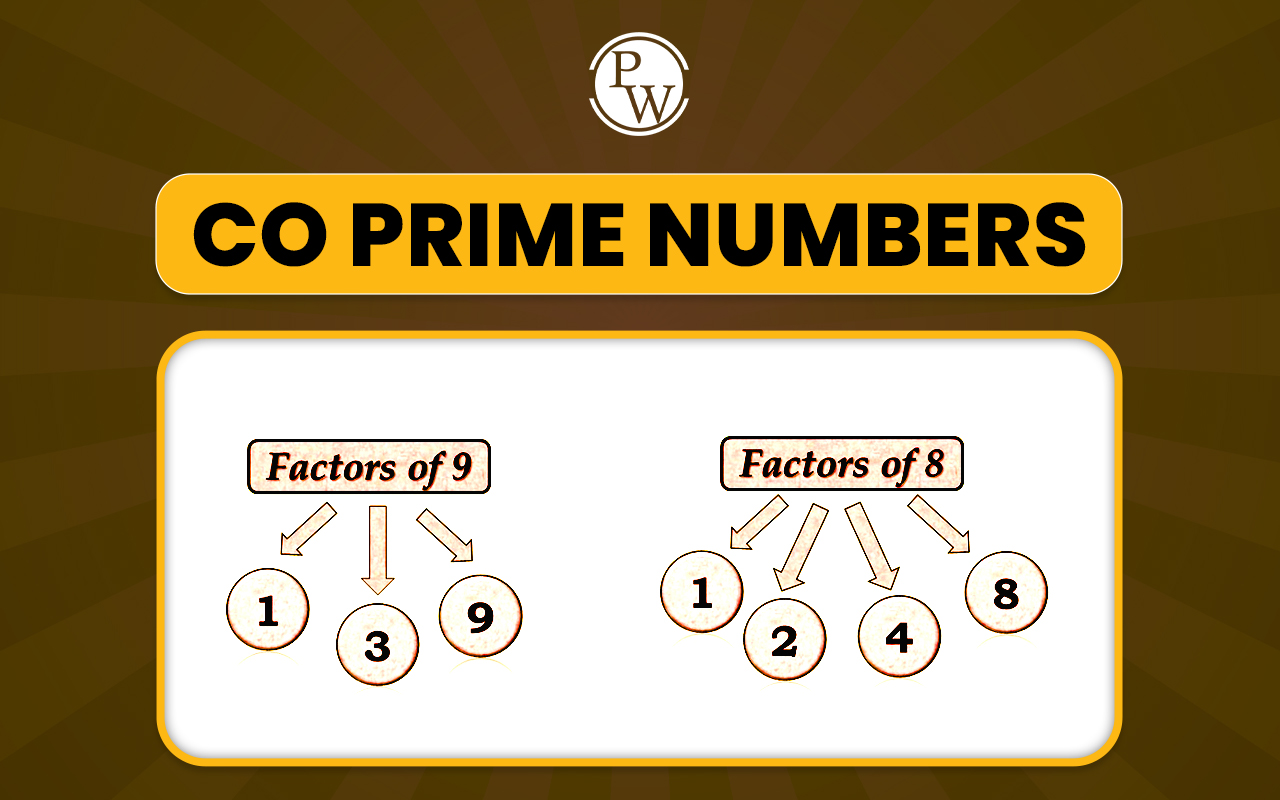
What is Gravity is a common question that often comes up in exams. Gravity can be defined as a force that pulls objects toward each other. It is the reason why things fall to the ground when we drop them. Gravity is an important topic for students because it is used in many concepts of science and in daily life as well.
The word “gravity” comes from the Latin word “gravitas,” which means “weight.” It was first discovered by Sir Isaac Newton in 1687. While sitting under an apple tree, he saw an apple fall and wondered why it always fell down and not in another direction. He realized there must be a force pulling it toward the Earth. This force is what Newton called gravity, and he explained it in his law of universal gravitation. To learn what is gravity in detail, keep reading.
Read more: Three States of Matter
What is Gravity?
The question "What is gravity?" can be answered like this: "Gravity is a force that pulls all objects toward one another." It is one of the most important topics in Physics because it explains why things fall to the ground, why the Moon stays around the Earth, and why the planets move around the Sun.
Gravity is between all objects that have mass. The bigger an object is, the stronger its pull. For example, the Earth has a large mass, so it pulls everything toward its center.
Gravity Definition
As per the gravity definition, it is the force on Earth that attracts or pulls everything toward the ground. All objects with mass create gravity, and heavier objects have a stronger pull. Because of gravity, the Moon orbits the Earth, and the planets orbit the Sun. It also keeps the air around us, making life possible on Earth. Even stars and gases in the Sun stay together because of gravity.
Read More: Force and Pressure
Common Gravity Examples
Gravity examples are all around us. The most common example is when a dropped object, like a pen or a ball, falls to the ground. This happens because gravity pulls everything toward the Earth.
-
When you walk, gravity keeps your feet on the ground so you don’t float away.
-
Objects on a table, like a mug or a glass, stay like that because of gravity.
-
Water falling from a shower or rain also moves downwards due to gravity.
-
Gravity works beyond Earth, too. It keeps planets in their orbits around the Sun and holds the Moon in orbit around Earth.
-
The Moon’s gravity also pulls on Earth’s oceans, creating tides.
-
Even stars, like the Sun, stay together because of gravity holding gases in place.
-
Gravity also keeps our atmosphere around the Earth, which is why we have air to breathe.
Read More: What is Photosynthesis?
Gravity Value
Gravity value means the acceleration due to gravity on Earth. On average, the gravity value is about 9.8 meters per second squared (9.8 m/s²). This means if an object falls freely, its speed increases by 9.8 meters per second every second.
The exact value of gravity can change depending on where you are on Earth, your height above sea level, or the latitude. For example, gravity is a little different at the top of a mountain compared to at the beach.
There is also a universal gravitational constant, called G, which is used to calculate the gravitational force between any two objects in the universe. Its value is always the same, about 6.674 × 10⁻¹¹ N·m²/kg².
What is Zero Gravity?
What is zero gravity? is another important question that you may see in your exams. Zero gravity, also known as weightlessness, is a state where you do not feel your weight. This happens because objects are falling freely, like astronauts in space around the Earth. Even in zero gravity, gravity still applies to objects. It just feels like there is no weight because there is no solid surface to push against you.
For example, astronauts in the International Space Station float because both the station and everything inside it keep falling towards Earth. But at the same time, the station is moving very fast around Earth, so instead of falling, it keeps going in a circle. This makes astronauts feel weightless.
Read more: Motion And Time
Important Gravity Formulas
Gravity is explained in physics using some important formulas. These formulas help us calculate the force of gravity, acceleration due to gravity, and even the weight of objects.
1. Gravitational Force Formula: F = G × m₁ × m₂ / r²
-
This formula tells us how strong the gravitational pull is between two objects. Here, m₁ and m₂ are the masses of the objects, r is the distance between them, and G is the universal gravitational constant.
-
In the gravitational force formula, force is measured in Newton (N), mass in kilograms (kg), distance in meters (m), and the constant G in N·m²/kg².
2. Acceleration Due to Gravity: g = 9.8 m/s²
-
This shows how fast an object speeds up when it falls freely on Earth. The value is almost the same everywhere on Earth, but it can change a little depending on location.
-
The acceleration due to gravity g is measured in meters per second squared (m/s²).
3. Relation Between Mass and Weight: Weight = m × g
-
This formula connects your mass (m) with your weight. Weight is just the pull of gravity on your mass. For example, if your mass is 50 kg, your weight on Earth will be 50 × 9.8 = 490 N.
-
In the weight formula, mass is in kilograms (kg), g in m/s², and weight in Newton (N).
Interesting Facts About Gravity
Gravity is one of the most important forces in the universe. From holding planets in their orbits to shaping stars and galaxies, gravity plays a big role everywhere. Let's learn about some interesting facts about gravity:
Gravity is the weakest force, yet it is the most powerful in the universe.
Even though gravity is weaker than other forces like electricity or magnetism, it is the only force that controls planets, stars, and galaxies because it works over very long distances.
Your weight comes from gravity.
The number you see on a weighing machine is actually the pull of Earth’s gravity on your body. If you were on the Moon, you would weigh much less because the Moon’s gravity is weaker than Earth’s.
Objects fall at the same speed.
If you drop a stone and a feather in a place with no air (like a vacuum), both will fall at the same speed because gravity pulls them equally.
Gravity is not the same everywhere.
On Earth, the value of gravity changes slightly depending on where you are. It is a little stronger at the poles and a bit weaker at the equator.
Black holes have the strongest gravity.
The gravity of a black hole is so powerful that not even light can escape from it. That’s why they look completely dark.
Gravity bends light.
According to Einstein’s theory, gravity can bend the path of light. This is why we can sometimes see stars shining around very large objects in space.
The Moon’s gravity causes tides.
The rise and fall of ocean tides happen because of the pull of the Moon’s gravity on Earth’s water.
Astronauts still feel some gravity in space.
On the International Space Station, astronauts still feel almost the same gravity as on Earth. They float because the station and everything inside it are always falling around Earth together.
Also read: Separation of Substances
Boost Your Child’s Confidence in Science with CuriousJr
Does your child find Science topics difficult to understand while doing homework after school? Many kids just memorize answers without learning the concepts, which makes the subject boring and tough over time.
CuriousJr’s Online Science Tuition Classes make Science simple and fun. With live, interactive sessions, children learn through real-life examples, step-by-step explanations, and easy activities that connect topics to daily life.
-
The two-teacher model makes sure your child gets personal attention and clears all doubts.
-
Regular progress updates and PTMs, so you always know how your child is improving.
Book a demo class today to help your child build a strong foundation in Science and enjoy the subject with confidence.
What is Gravity FAQs
What is the gravity definition?
Give two gravity examples.
When and how was gravity discovered?
Why is gravity important to us?
How to measure the speed of gravity on Earth?










